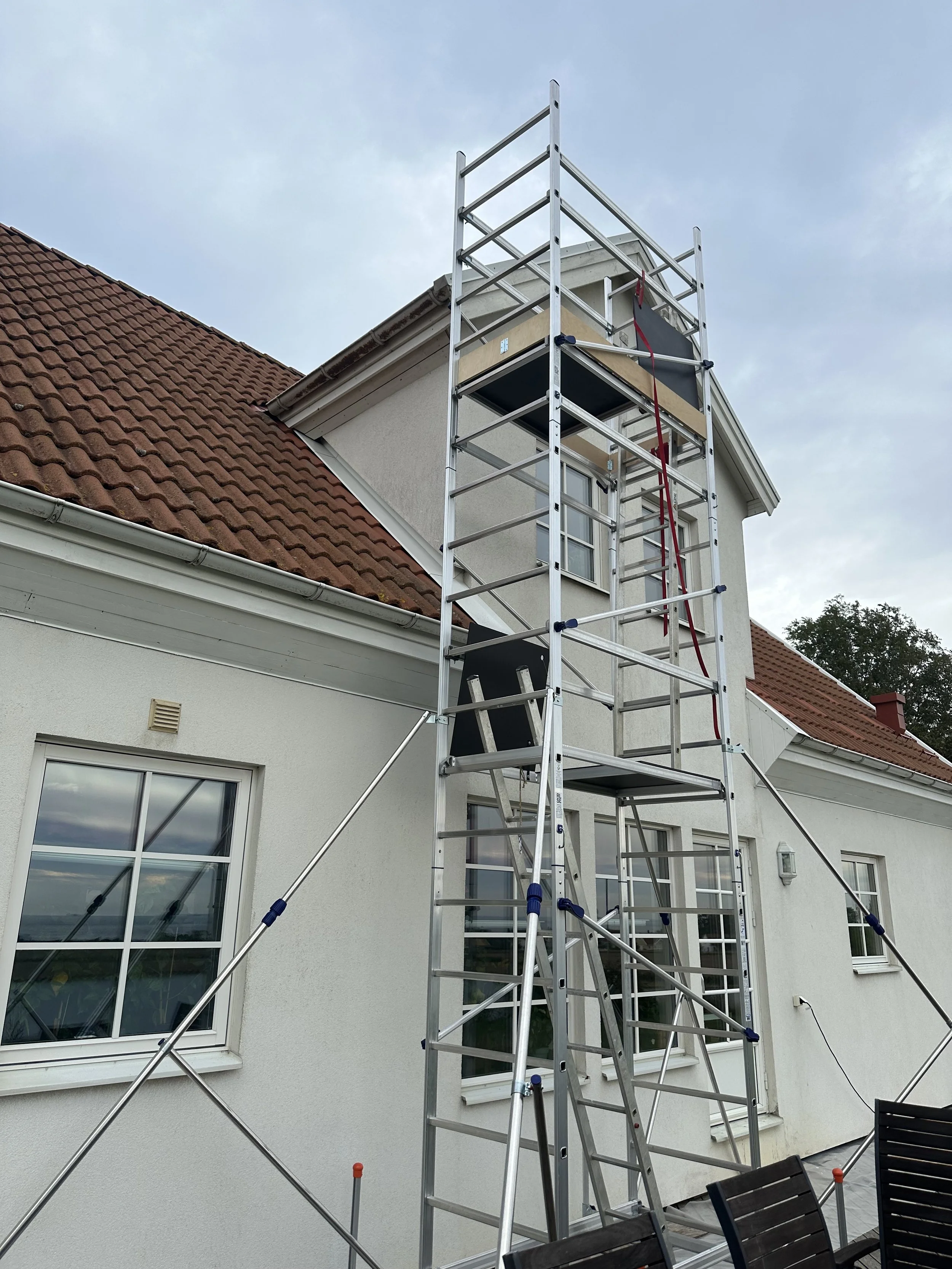Quick and dirty city planning
I had a classic Märklin railway when I grow up in the early seventies. Computers was not a thing back then, but the model railroad taught me how to connect wires and control several locomotives with physical switches. At university, I took this to the next level and learned to program PLCs used for automation in industries.
In a way, playing with Märklin and Meccano in my youth was the foundation for my professional career.
Re-discovering model railroads
Fast forward to modern times when digitalization have entered the game. In late 2013, I bought a Märklin starter set and added a locomotive and some extra wagons.
Quick and dirty, without vision and any real plans of what to do. At least I constructed a proper baseboard for the layout, based on previous experience from childhood.
Where to begin?
Why a Märklin digital starter set in H0?
It was easy, and similar to what I had before is the simple answer. Not knowing that technical debt is very much a thing in model railroading.
When you have a hobby, you prioritize what you want instead of what you need. I got a nice price on some long passengers coaches and a diesel locomotive, prototypic for 60's in West Germany. Adding them to they layout, the lack of planning begun to show.
The physical world is very physical, and size matters. One wagon is 24 cm long and I got twelve of them. Long trains are fun, but the more wagons you have, the more locomotives and space you need.
The first layout didn't accommodate all trains, and more tracks were needed. But adding more tracks on a fixed area is not always possible, thus you need to find another solution.
First re-design
If you add one more layer of tracks above the first level, then you can add more traffic. But then you have another challenge with inclines. With long trains, they can't be to steep, and the solution is longer baseboards.
Lesson learned, the hard way, scalability is very important, especially when working with physical architecture, as cost to change get expensive very fast.
Another issue was that I didn’t think though which time period to build for. I mixed steam locomotives from 50’s with modern diesels. It’s a hobby, so you can do whatever you want, but it itches.
The focus was on the railroad and running trains, not the landscape and the story for the buildings and their surroundings. However, I still had the buildings from my childhood packed in some cardboard boxes and they could be reused for the new layout.
Changes in life
We moved to another house in Skåne, without a basement and no place for a large layout. E.g. change of business environment and the model railroad ended up in the attic for better times.
Lack of vision, not thinking of non-functional requirements such as how to scale, flexibility and not anticipate total cost.
Not so different compared how organizations buy IT-systems without thinking why and what happens with those projects. Ending up on a shelf.
I found out the hard way that city planning for a model railroad needs at least some planning. Otherwise, it’s takes more time to redo everything and gets more expensive.
One more time
A year ago, after much more research, I found out a path to manage the classical limitations of model railroading of space, cost and time.
Enter the world of Schrittweise where I combine Enterprise Architecture thinking with an agile mindset. Upfront design and planning where it's needed, but not more.
The next article will be about what was enough planning, and probably not to much.





